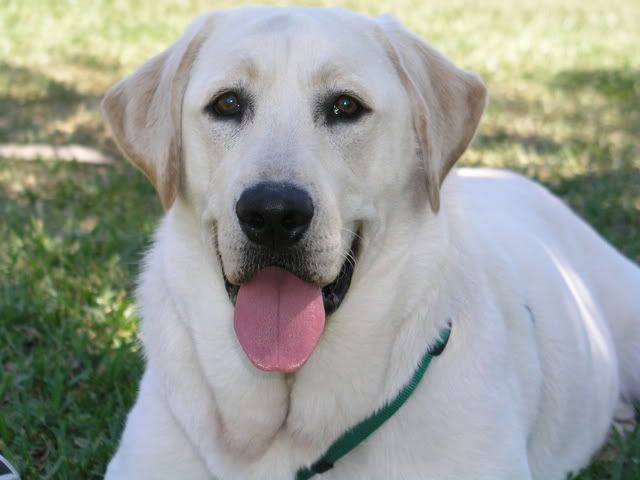<BLOCKQUOTE class="ip-ubbcode-quote"><div class="ip-ubbcode-quote-title">quote:</div><div class="ip-ubbcode-quote-content">Perhaps I can ask her to find some information about the carmelization temperature of different sugars (light brown vs. dark brown vs. turbinado vs. maple sugar, etc.). </div></BLOCKQUOTE>
If they're sucrose they are virtually the same. All of those are, including maple which is 90% sucrose.
Sucrose caramelizes at 320. Caramelization of sucrose is not happening at typical Q temps. (I cook ribs in the mid-300s - so might be getting caramelization - but surface temps of the meat are likely lower due to evaporation at the surface.) Fructose caramelization (and burn) temps are much lower.
Browning (the Maillard reaction) does occur.
I don't rub more than 10 min before the ribs go in - and didn't even when I used to cook them at lower temps. No bark issues - but my rubs don't have much sugar.
If you are cooking at fairly low temps too much sugar can thwart deepening color and a firm, bark-y finish. Increase the temps (at least near the end), cut the sugar in the rub, or both. Saucing during cooking, something I am not a fan of, can restore moisture to the surface of the meat, negating a the point of a bark-y finish, but a very thin application of glaze can add color, shine and flavor, but keep the bark texture intact.


